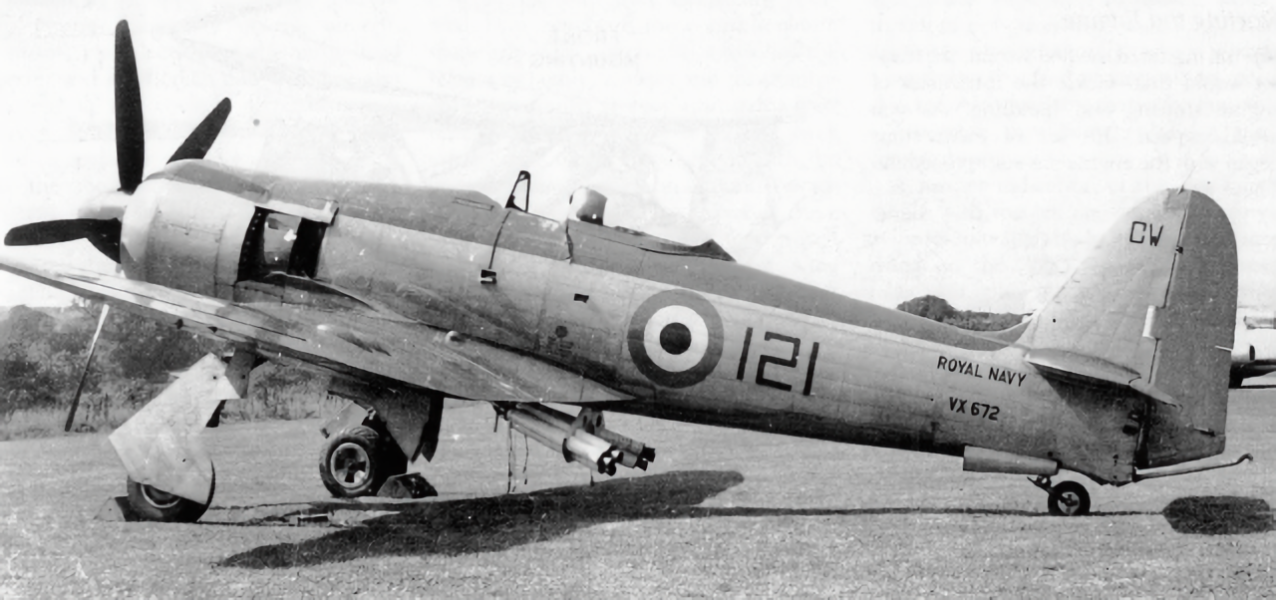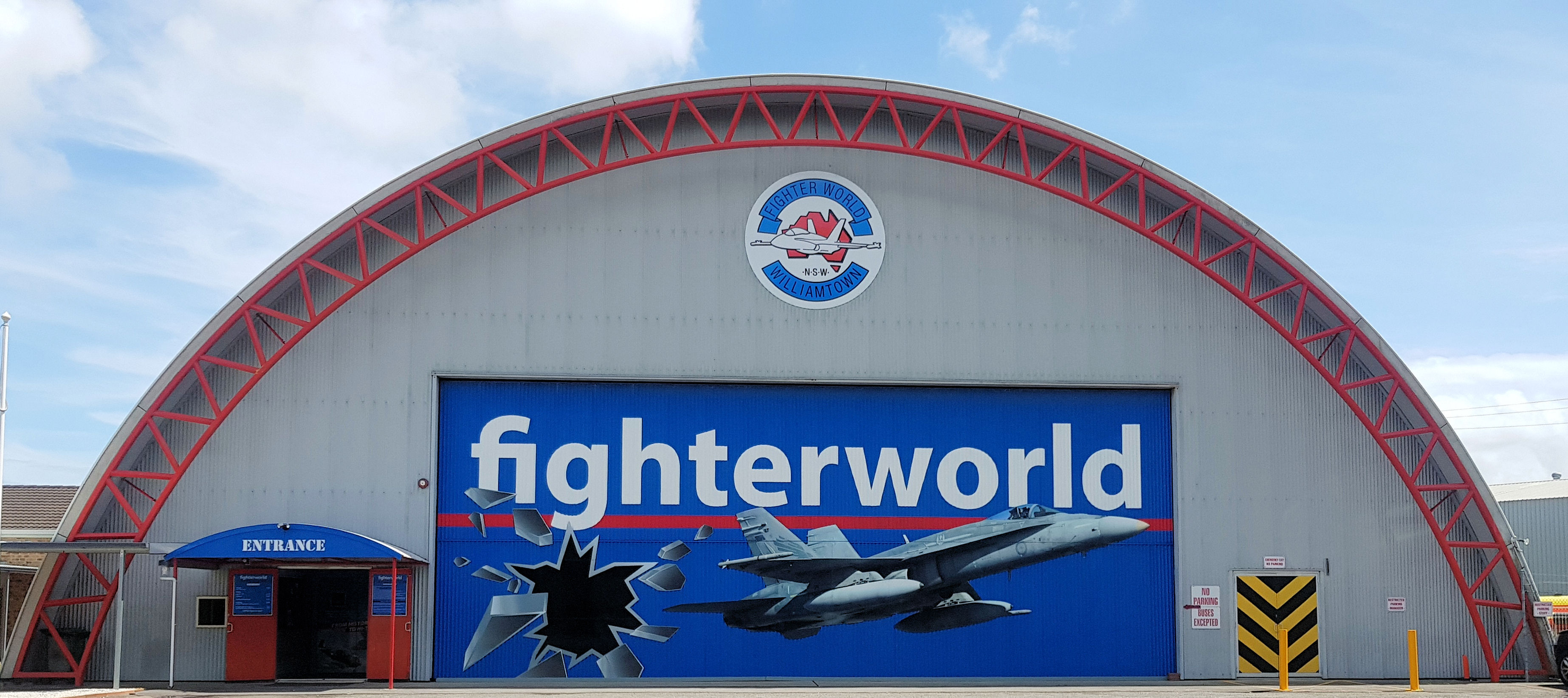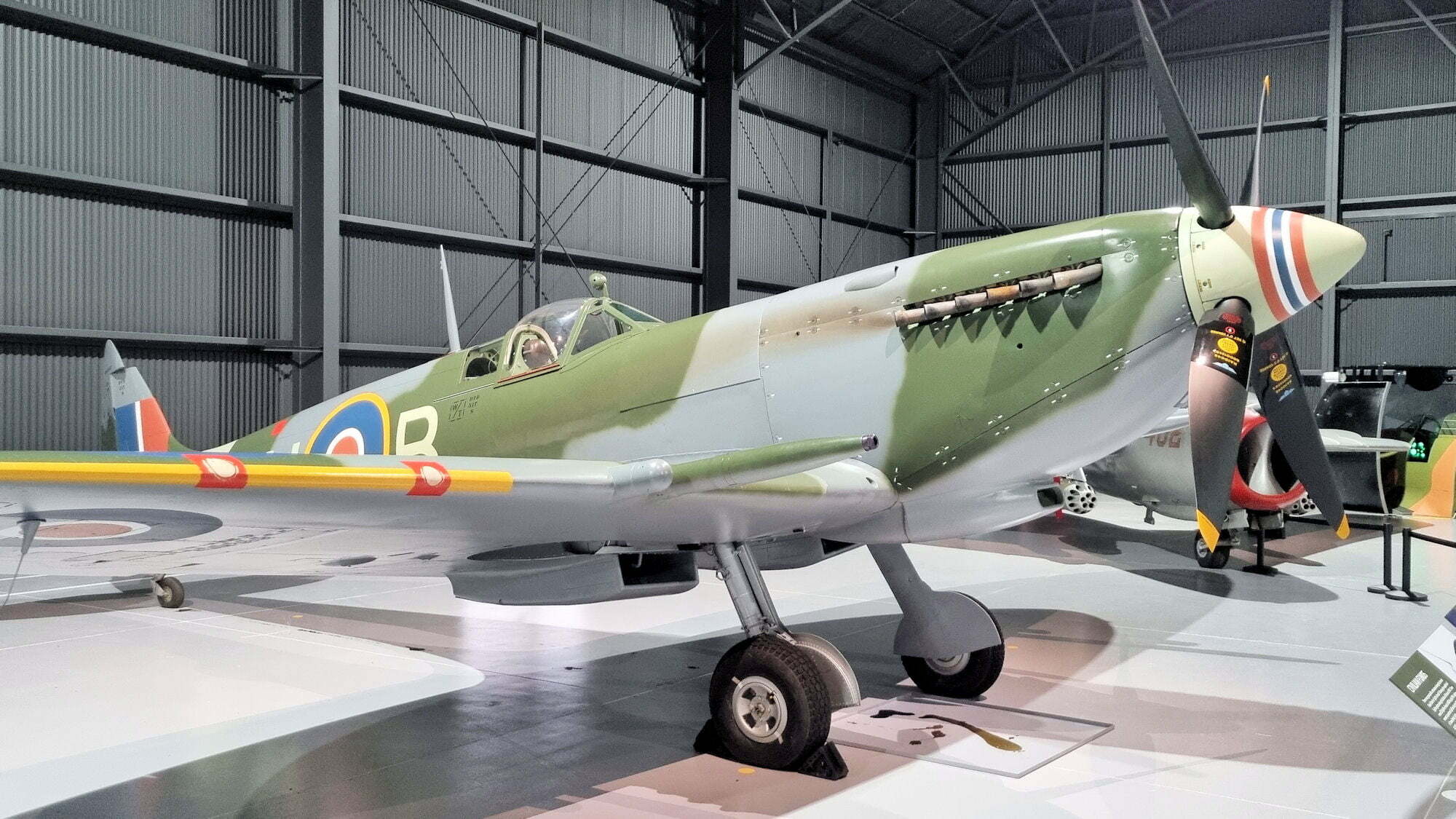Category: Aviation
Aviation aircraft aeroplane airplane helicopter balloon
-
Hawker Sea Fury in British Service

Hawker Sea Fury in British Service The British Royal Navy Fleet Air Arm operated the Hawker Sea Fury from February 1947, initially with 778 Naval Air Squadron’s, Flying Development Unit. The first operational unit was 807 NAS in September 1947 (the Royal Canadian Navy 803 Naval Air Squadron was the first of any nation in… Read more
-
Fighter World Williamtown NSW

Fighter World Williamtown Aviation Heritage Getting to Fighter World Fighter World located adjacent to the Williamtown RAAF base has an excellent display of jet fighters operated by the RAAF. Fighter world is very easy to find due to its location and parking is easy, because the museum has its own large car park. The Collection… Read more
-
Hunter Warbirds Aviation Museum

Hunter Warbirds Aviation Museum Located in the Upper Hunter town of Scone, and opened in March 2022, Hunter Warbirds is Australia’s newest aviation museum. Designed to house aircraft and display them to visitors in the best possible way it’s a modern state of the art museum. By car Hunter Warbirds is 300km north of Sydney… Read more